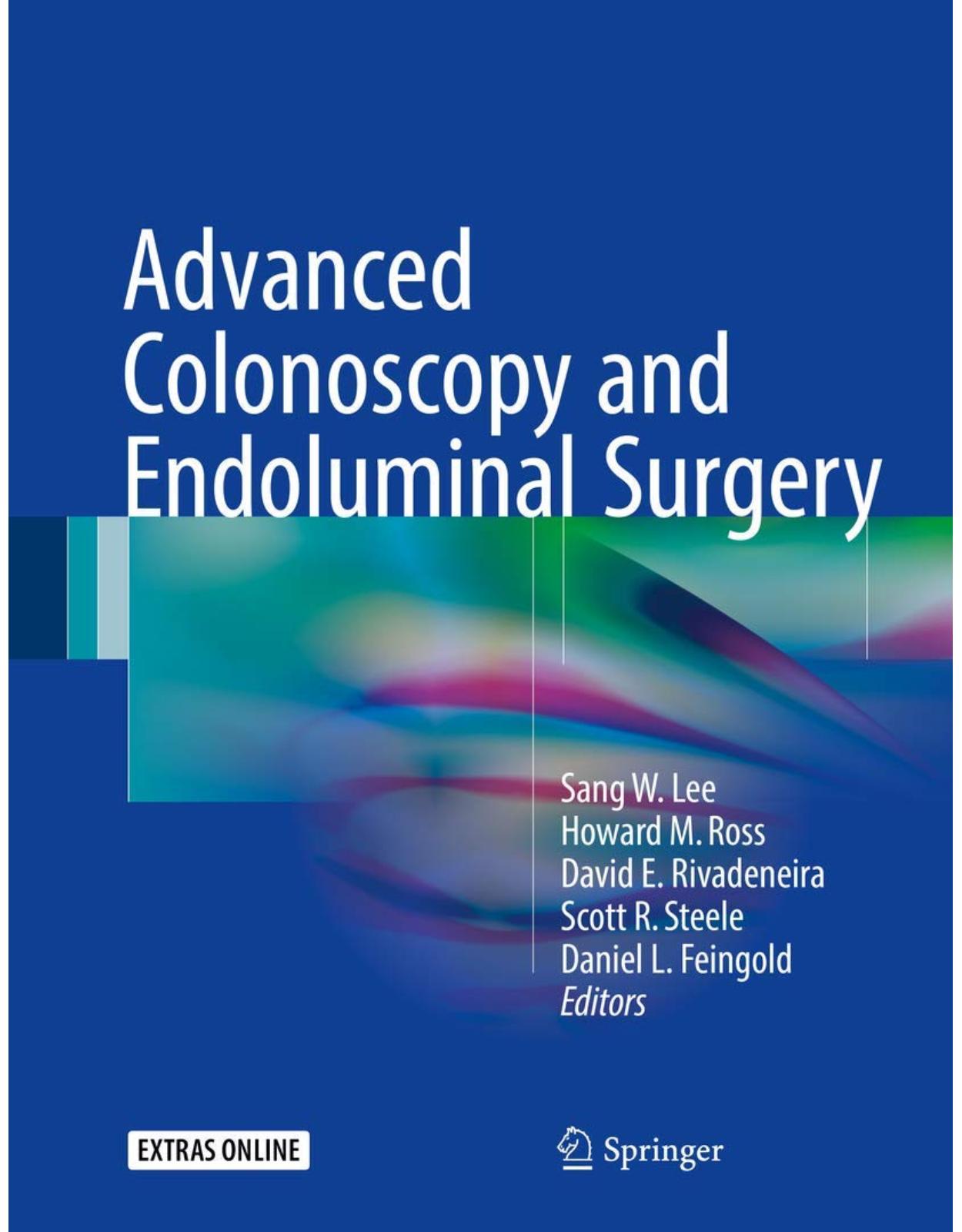
Advanced Colonoscopy and Endoluminal Surgery
Livrare gratis la comenzi peste 500 RON. Pentru celelalte comenzi livrarea este 20 RON.
Disponibilitate: La comanda in aproximativ 4 saptamani
Editura: Springer
Limba: Engleza
Nr. pagini: 265
Coperta: Hardcover
Dimensiuni: 21.54 x 2.06 x 28.83 cm
An aparitie: 12-Apr-17
Description:
Each chapter of this new book on advanced lower GI endoscopy and endoluminal surgery focuses on the thought process and step-wise technical approach to the condition and procedure listed. By using this unique method, practitioners ranging from surgeons-in-training, gastroenterologists-in-training and those early in their career to senior colorectal specialists and gastroenterologist who want to incorporate or improve their advanced endoscopic skills will be able utilize techniques and learn from this gathering of experts. The guiding principle of this work is to create a resource for surgeons and gastroenterologists that extends beyond the currently available texts, and that surgeons and gastroenterologists can turn to when wanting to “brush up” on techniques, find a useful “tip or trick” for a complex patient, or simply learn a reproducible methods for advanced endoscopic procedures. This unique book highlights current knowledge, demonstrates standards of medical care, and provides clear step-by-step reproducible techniques even for the most advanced procedures. Beyond the simple application of technical knowledge the book addresses the deeper questions about the optimal “next step” in dealing with more complex patients (i.e., difficult polyps, gastrointestinal bleeding, IBD). International experts also address future challenges and innovations in lower gastrointestinal endoscopy. Finally, it focuses on specific “tips and tricks” that experts in the field have learned. The format follows that of both a “how to” manual as well as an algorithm-based guide to allow the reader to understand the thought process behind the proposed treatment strategy. Throughout the text, each author provides an ongoing narrative of his/her individual techniques along with color illustrations and diagrams to “personally” take the reader through the crucial steps of the procedure, and key points of patient care inherent to that topic. Additionally, where appropriate, links to online videos will give the reader an up-front look into technical aspects of EMR, ESD, endoscopic stent placements, CELS, as well as NOTES. The editors and contributors to this book are those with nationally and internationally recognized expertise in lower gastrointestinal endoscopic and endoluminal interventions, have taught many international courses, and have numerous peer-reviewed publications. This book will be useful to colorectal surgeons, general surgeons, and gastroenterologists who want to learn or improve their skills in lower gastrointestinal endoscopy and advanced endoscopic interventions. Furthermore, this book will be of particular interest to the surgeons-in-training, and gastroenterologist-in-training that are often called upon to manage a variety of colorectal conditions through an endoscopic approach. This would ultimately serve as an invaluable reference for any physician or surgeon with a vested interest in caring for patients with simple or complex colorectal disease.
Table of Contents:
1: History of Colonoscopy
Key Points
Bozzini and the Lichtleiter
Evolution of Upper Gastrointestinal Endoscopy
Early Advances
Semiflexible Endoscopes
Fiber-Optic Endoscopy
Development of the Colonoscope
Early Lower Gastrointestinal Endoscopy
The First Colonoscopies
Endoscopic Photography
Video Endoscopy
The Modern Colonoscope
The Colonoscope as a Therapeutic Instrument
Endoscopic Resection of Early-Stage Malignancies
Transanal Techniques
Colonic Stenting
Conclusions
References
2: Anatomic Basis of Colonoscopy
Key Points
Background
Anatomic Variations
Mural Findings and Internal Cues Helpful in Advancement
Positioning
Looping
Reduction of Loops
Anatomy
Anus
Rectum
Key Landmarks
Rectosigmoid and Sigmoid Colon
Key Landmarks
Descending Colon
Splenic Flexure
Key Landmarks
Transverse Colon
Key Landmarks
Hepatic Flexure and Ascending Colon
Key Landmarks
Cecum/Ileocecal Valve/Appendiceal Orifice
Key Landmarks
Terminal Ileum
Anorectal Canal
Key Landmarks
Pearls and Pitfalls
Conclusion
References
3: Colonoscopy Photo Atlas
Normal Anatomy
Pathology
Postoperative Anatomy
4: How to Achieve High Rates of Bowel Preparation Adequacy
Key Points
Introduction
Types of Bowel Preparations
Administration
Criteria for More Aggressive Bowel Preparation
Types of More Aggressive Preparations: Two-Day Preps/Types
Techniques for Salvaging Inadequate Preparations
Cleansing Scales Appropriate for Clinical Practice
Pearls and Pitfalls
Summary
References
5: Patient Comfort During Colonoscopy
Key Points
Introduction
Current Sedation Practices for Colonoscopy
Unsedated Colonoscopy
Propofol Versus Benzodiazepine +/− Opioid
Opioids Alone
CO2 Insufflation Colonoscopy
Water-Aided Colonoscopy
Other Procedural Adjuncts to Colonoscopy
Magnetic Endoscope Imaging
Type of Colonoscope
Patient Position
Medications
Conclusion
Pearls and Pitfalls
References
6: VTE Prophylaxis: How to Optimize Patients on Anticoagulation and Avoid Infectious Complication
Key Points
Introduction
Anticoagulation and Colonoscopy
Anticoagulants
Bleeding Risk
Thromboembolic Risks
Classes of Medications
Aspirin
Non-aspirin Antiplatelet Drugs
Current Guidelines
Inhibitors of ADP-Induced Platelet Aggregation (Clopidogrel and Ticlopidine)
Glycoprotein IIb/IIIa Receptor Blockers (Abciximab, Tirofiban, and Eptifibatide)
Warfarin
Novel Oral Anticoagulants (NOACs): Factor X and Thrombin Inhibitors
Risk of Hemorrhage
Antibiotic Prophylaxis After Colonoscopy
Prevention of Endocarditis
Peritoneal Dialysis
Other Conditions
References
7: Endoscopic Equipment and Instrumentation
Key Points
Colonoscopes
Biopsy Equipment
Tattoo
Endoscopic Mucosal Resection (EMR)
Endoscopic Submucosal Dissection (ESD)
Chromoendoscopy
Narrow Band Imaging (NBI) and Multiband Imaging (MBI)
Confocal Laser Endomicroscopy (CLE)
References
8: Basic Colonoscopic Techniques to Reach the Cecum
Key Points
Introduction
Preprocedure Preparation
Technique of Insertion
Tip Deflection
Torque
Push/Pull
Slide-by
Jiggle
Hooking
Suction
Irrigation
Intubation of the Terminal Ileum
Challenges to Colonoscope Insertion
Adjuncts to Colonoscope Insertion
When All Else Fails
Conclusion
References
9: Basic Colonoscopic Interventions: Cold, Hot Biopsy Techniques, Submucosal Injection, Clip Applica
Key Points
Introduction
Indications
“Cold” Forceps Polypectomy/Biopsy
“Hot” Forceps Polypectomy/Biopsy
Submucosal Injection
Clip Application
Snare Polypectomy/Biopsy
Pearls and Pitfalls
References
10: Current Guidelines for Colonoscopy
Key Points
Introduction
Concept of CRC Screening and Surveillance vs. Diagnostic Workup
Indications for Colonoscopy
Risk Categories
Time for the First Screening
Quality Assessment Parameters
Follow-up Surveillance and Repeat Intervals
Contraindications to Colonoscopy
Effectiveness
Complications
Hemorrhage and Perforation
Mortality
Abdominal Pain or Discomfort
Postpolypectomy Syndrome
Gas Explosion
Management of Anticoagulants and Platelet Inhibitors
Colonoscopy During Pregnancy
IBD—Screening and follow-up Pouchoscopies
Colorectal Screening for Elderly
Pearls and Pitfalls
References
11: Difficult Colonoscopy: Tricks and New Techniques for Getting to the Cecum
Key Points
Introduction
Patient Factors
Colonoscopist Factors
Water Immersion
Overtubes and Other Devices
Advanced Technologies and Novel Concepts
Summary
Pearls and Pitfalls
References
12: How to Recognize, Characterize, and Manage Premalignant and Malignant Colorectal Polyps
Key Points
Introduction
Molecular Pathways of Colorectal Neoplasia
Chromosomal Instability
Microsatellite Instability
CpG Island Methylation Phenotype
Endoscopic Features of Colorectal Polyps
The Paris Classification
Chromoscopy and Pit Patterns
Equipment-Based Image-Enhanced Endoscopy
The WASP Classification
Treatment Strategies for Colorectal Polyps
Indications for Endoscopic Resection
Real-Time Histological Diagnosis of Colorectal Polyps
Treatment Strategy of Submucosal CRCs
Treatment Strategy for Laterally Spreading Tumors (LSTs)
Endoscopic Resection Methods
Cold Biopsy
Cold Snare Polypectomy
Injection-Assisted Snare Polypectomy (Endoscopic Mucosal Resection, EMR)
EPMR
Endoscopic Submucosal Dissection (ESD)
Postpolypectomy Surveillance
Conclusion
Pearls and Pitfalls
References
13: Detection: (CQI) Quality Measures and Tools for Improvement
Key Points
Introduction
Continuous Quality Improvement
Quality Metrics in Colonoscopy
Preprocedure
General Evaluation
Appropriateness of Procedure
Intraprocedural
Cecal Intubation Rate
Withdrawal Time
Adenoma Detection Rate
Resection of Polyps
Adequacy of Bowel Preparation
Documentation
Postprocedure
Perforation
Bleeding
Screening and Surveillance Intervals
Strategies for Improvement
Training and Credentialing
Reporting and Payment Policy
Pearls and Pitfalls
References
14: Advanced Endoscopic Imaging: Polyps and Dysplasia Detection
Key Points
Introduction
Real-Time Optical Prediction of Polyp Histology
Chromocolonoscopy
Dye-Assisted Chromocolonoscopy
Digital Chromocolonoscopy
Improvement in Visualization
Cap-Assisted Colonoscopy
EndoRing
Endocuff
New Colonoscopy Technology
Third Eye Retroscope
Fuse® Full Spectrum Endoscopy Platform
Balloon Colonoscopy
Extra-Wide-Angle-View Colonoscope
Other Modalities
Summary
Pearls
Pitfalls
References
15: Endoscopic Mucosal Resection (EMR)
Key Points
Introduction
Indications for EMR
EMR Techniques
Injection-Assisted EMR
Cap-Assisted EMR
Ligation-Assisted EMR
Underwater EMR
Mucosal Lifting Agents
Clinical Outcomes of EMR
Complications and Management of Complications
Hemorrhage
Perforation
Postpolypectomy Syndrome
Comparison with ESD
Pearls and Pitfalls
Conclusion
References
16: Endoscopic Mucosal Dissection
Key Points
Introduction
Indications
How and What to Inject
Cautery Principles
Dual Knife
Hook Knife
Coagrasper
Snare Selection
Technique and Results
Complications
Bleeding
Perforation
Postprocedural Pain
Results for Early Colorectal Cancers
Conclusion
Pearls and Pitfalls
References
17: Applications of Intraoperative Endoscopy
Key Points
Introduction
Equipment and Setup
Intraoperative Endoscopic Localization
Completion Colonoscopy During Colon Resection
Intraoperative Assessment of Left-Sided Anastomoses
Management of Postoperative Anastomotic Leak
Anastomotic Bleeding
Pearls and Pitfalls
Conclusions
References
18: Combined Endoscopic and Laparoscopic Surgery (CELS)
Key Points
Introduction
Indications
Preoperative Planning
Procedure
Setup
Procedure Steps (Videos 18.1 and 18.2)
Endoscopy
Port Placement
Mobilization
Polypectomy
Colonoscopic-Assisted Laparoscopic Wall Excision
Full-Thickness CELS Technique
Leak Test
Polyp Retrieval
Postoperative Care
Complications
Outcomes
Pearls and Pitfalls
Conclusion
References
19: Endoluminal Colorectal Stenting
Key Points
Introduction
Stenting Malignant Colonic Strictures
Stenting with Palliative Intent
Stenting as “Bridge-to-Surgery”
Stenting of Extrinsic Colonic Obstruction
Stenting of Benign Colonic Strictures, Fistulas, and Anastomotic Complications
Stent Types
Metal Stents
Biodegradable Stents
Drug-Eluting Stents
Preparation and Technical Steps for Stent Deployment Patient Preparation
Description of the Procedure
Endoscopic Stent Placement Without Fluoroscopy
TTS Stent Placement
OTW Stent Placement
Fluoroscopic Stent Placement Without Endoscopy
Endoscopic-Fluoroscopic Stent Placement
Procedure-Related Complications
Early Complications
Late Complications
Post-stenting Care and Surveillance
Conclusions
References
20: How to Avoid Complications/Treatment of Endoscopic Complications
Key Points
How to Avoid Complications
How to Avoid Bleeding
How to Avoid Postpolypectomy Syndrome
How to Avoid Perforation
Treatment: Bleeding
Postpolypectomy Syndrome
Treatment: Perforation
Management Based on Diagnostic or Therapeutic Colonoscopy
Criteria for Conservative Management Versus Operation
Operative Options
Pearls and Pitfalls
References
21: Alternative Colorectal Imaging
Key Points
Introduction
Traditional Colonoscopy
Virtual Colonoscopy
Barium Enema
Magnetic Resonance Colonography
Capsule Endoscopy
Colon Capsule Endoscopy
Conclusion
References
22: Current Endoluminal Approaches: Transanal Endoscopic Microsurgery, Transanal Minimally Invasive
Key Points
The Evolution of Transanal Endoscopic Surgery and Transanal Total Mesorectal Excision
TEM and TEO
TAMIS
Transanal TME
TES: Indications, Contraindications, and Patient Selection
Rectal Adenoma
TES Versus TAE and EMR
Complex Adenomas
T1 Rectal Cancer
T2 and More Advanced Rectal Cancer
Other Indications
Patient Selection for TES
taTME: Indications, Contraindications, and Patient Selection
Benign Conditions
Rectal Cancer
Emerging Applications of taTME
Preoperative Staging, Assessment, and Preparation
Preoperative Assessment and Staging
Preoperative Preparation for TES
Preoperative Preparation for taTME
Technical Considerations
Procedural Steps for TES
Procedural Steps for taTME
Alternative taTME Techniques
Specimen Extraction
Closure of Rectal Defect
Postoperative Care and Surveillance
TES Complications
Perioperative Morbidity and Mortality
Peritoneal Entry
Functional Outcomes
Complications of taTME
Pearls and Pitfalls
Management of Peritoneal Entry During TES
taTME Dissection for Very Low Rectal Tumors in a Male Patient
taTME Operative Setup
Conclusion
References
23: Future Endoscopic Tools and Platforms for Endoluminal Surgery
Key Points
Introduction
Improvement of Endoscopic Insufflation
Need for Stable Endoscopic Exposure
Space-Pressure-Controlled Endoscopy
Preclinical Evaluation of Space
Implication
Improvement of Endoscopic Smoke Evaluation
Potential Hazards of Smoke in the GI Lumen
Automatic Smoke Evacuation System
Preclinical Evaluation of Evacuation System
Implication
Improvement of Endoscopic Working Space
Need for Stable Endoscopic Working Space
The ESP System
Preclinical Evaluation of ESP
Implications: ESP and SPACE
Other Future Improvements
Continuously Rotating Forceps
Suction/Irrigation Device
Countertraction Overture
Suturing Device
Flexible Robot
Pearls and Pitfalls
Conclusions
References
Index
| An aparitie | 12-Apr-17 |
| Autor | Sang W. Lee , Howard M. Ross , David E. Rivadeneira , Scott R. Steele |
| Dimensiuni | 21.54 x 2.06 x 28.83 cm |
| Editura | Springer |
| Format | Hardcover |
| ISBN | 9783319483689 |
| Limba | Engleza |
| Nr pag | 265 |
-
83100 lei 71900 lei

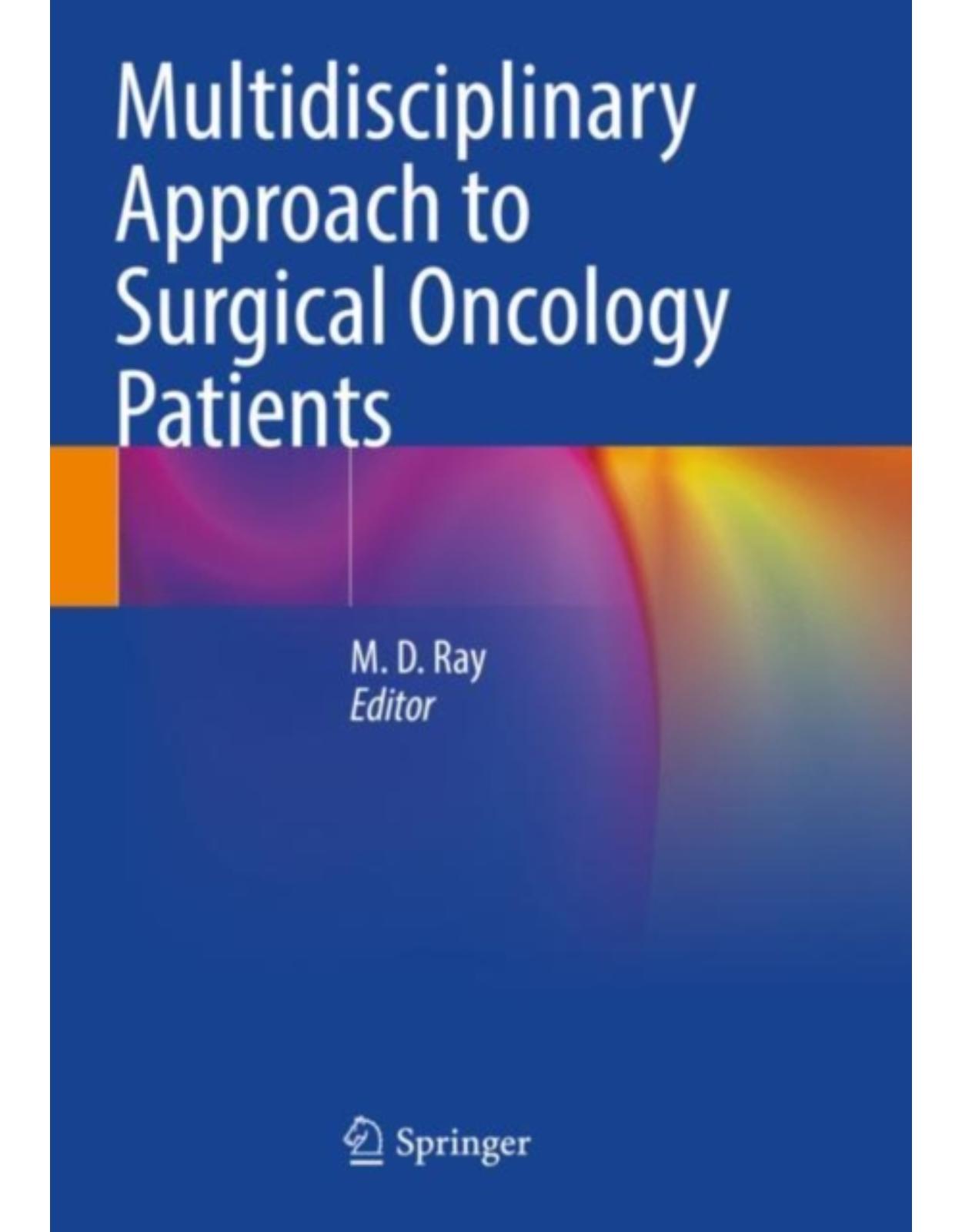
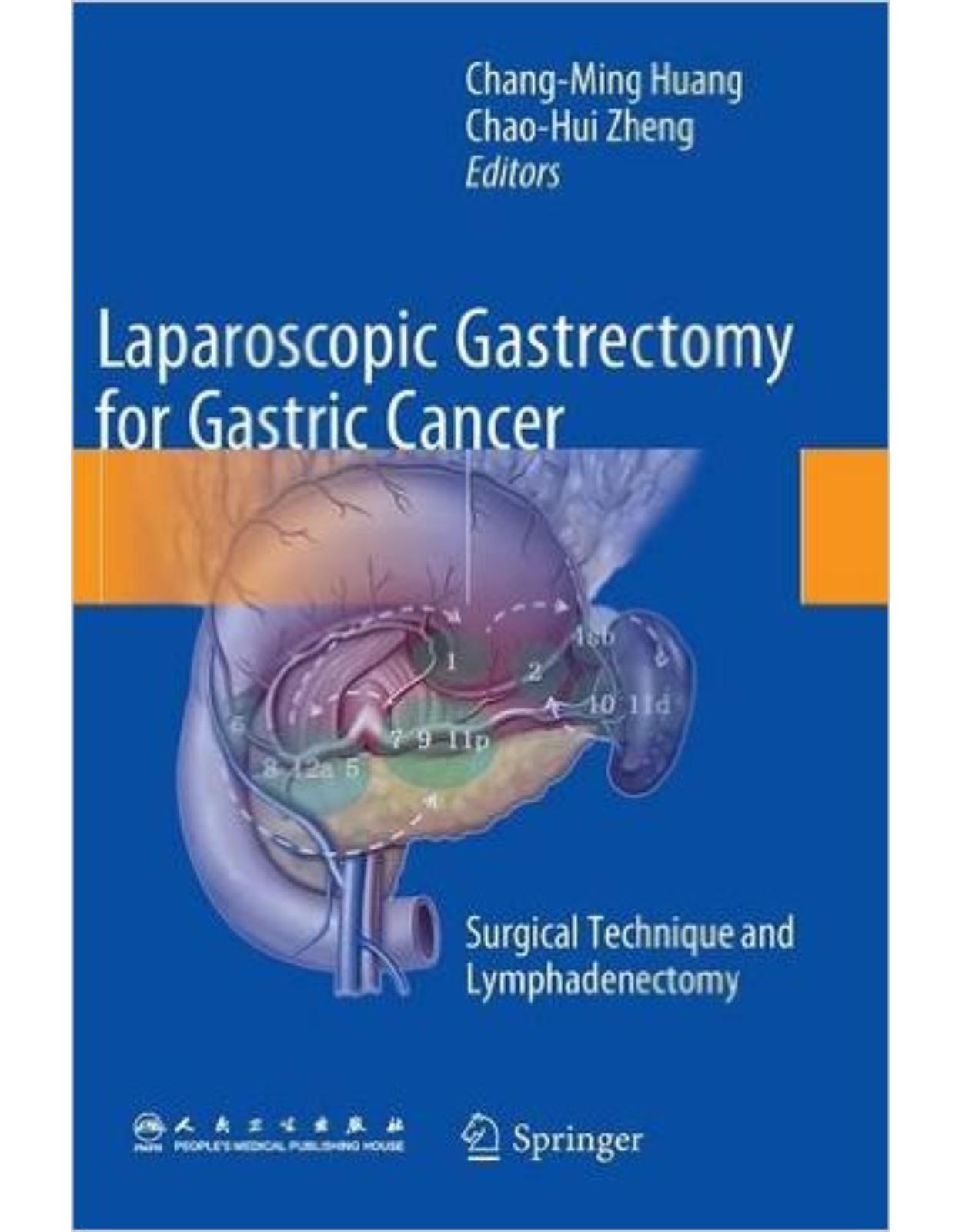
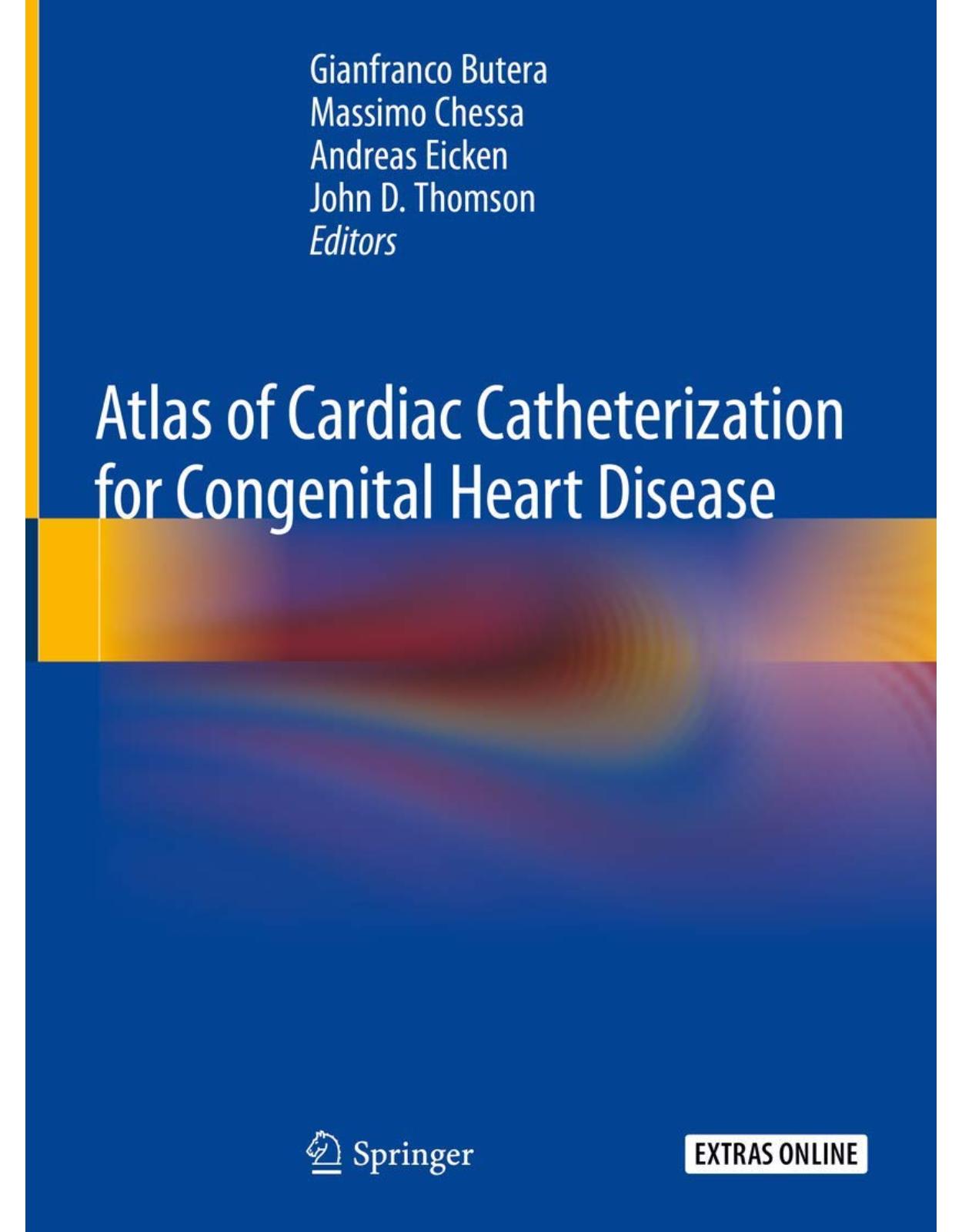
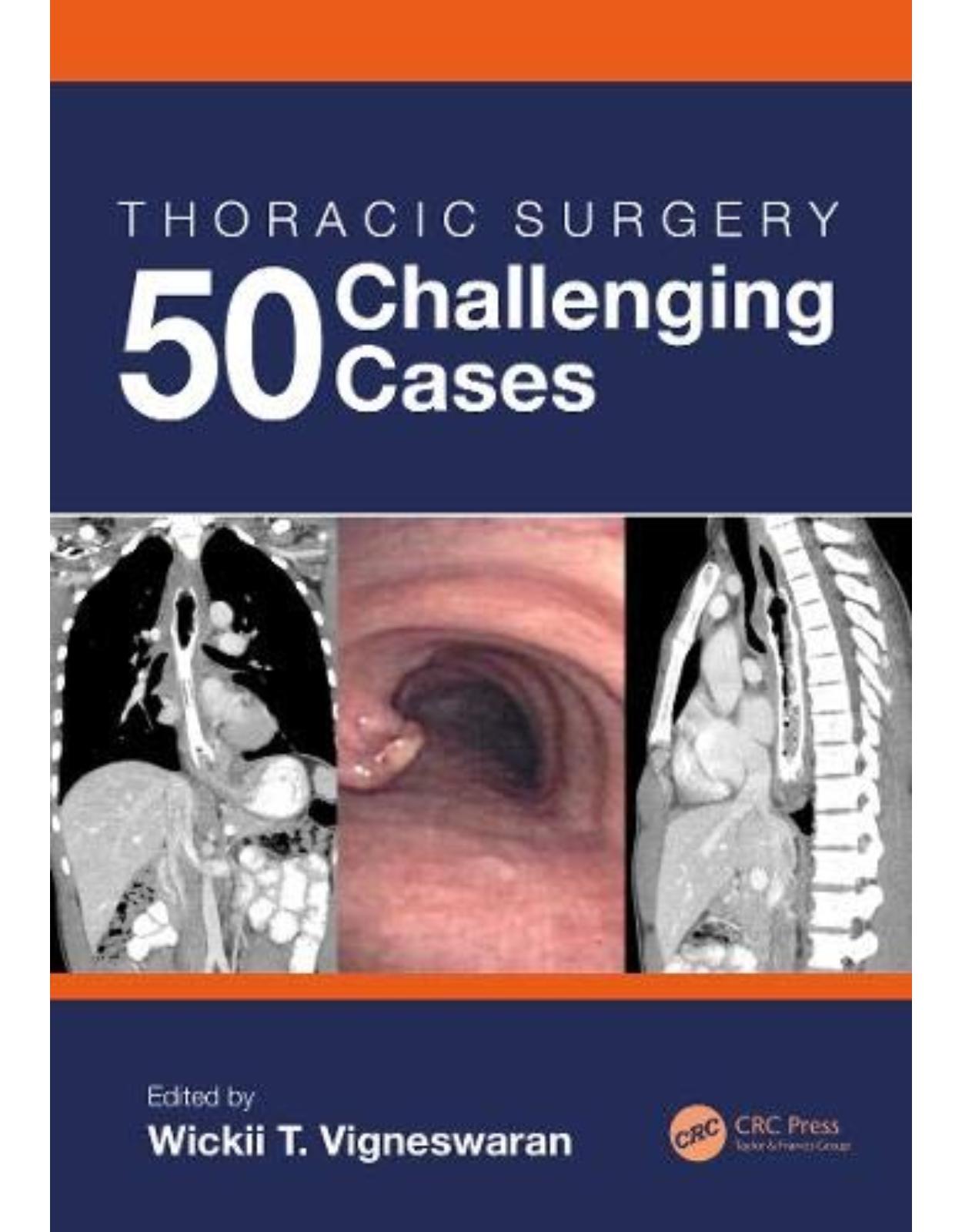
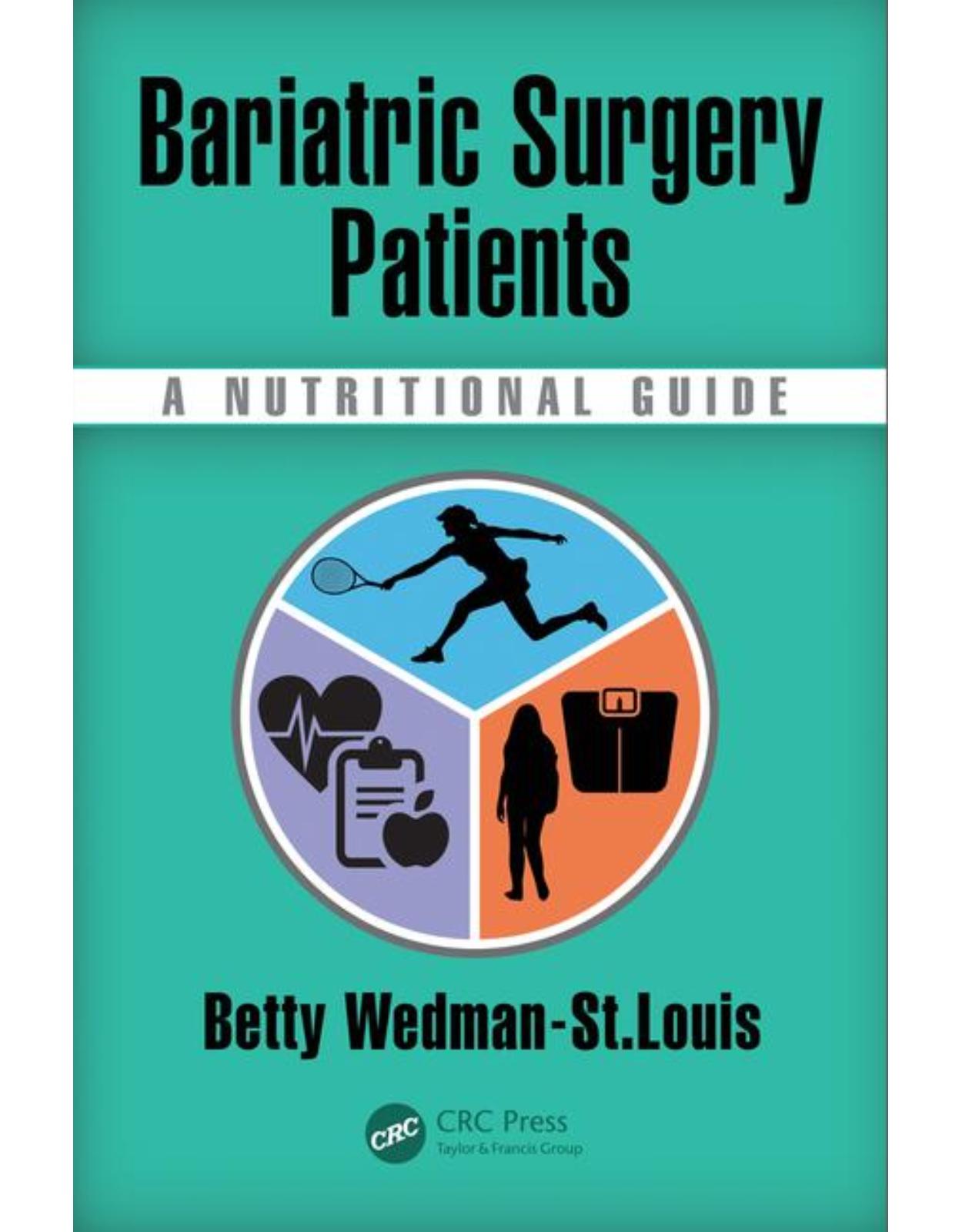
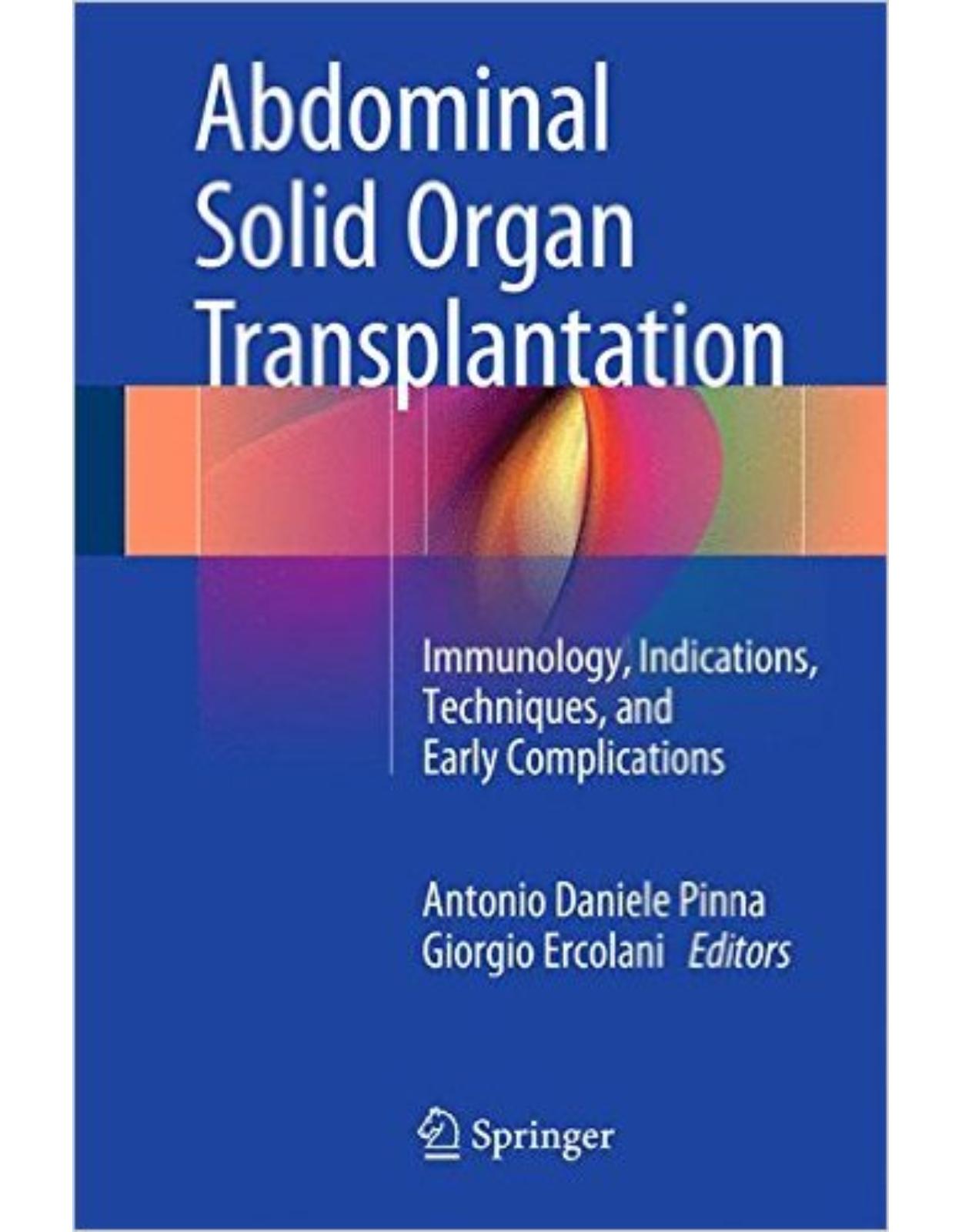
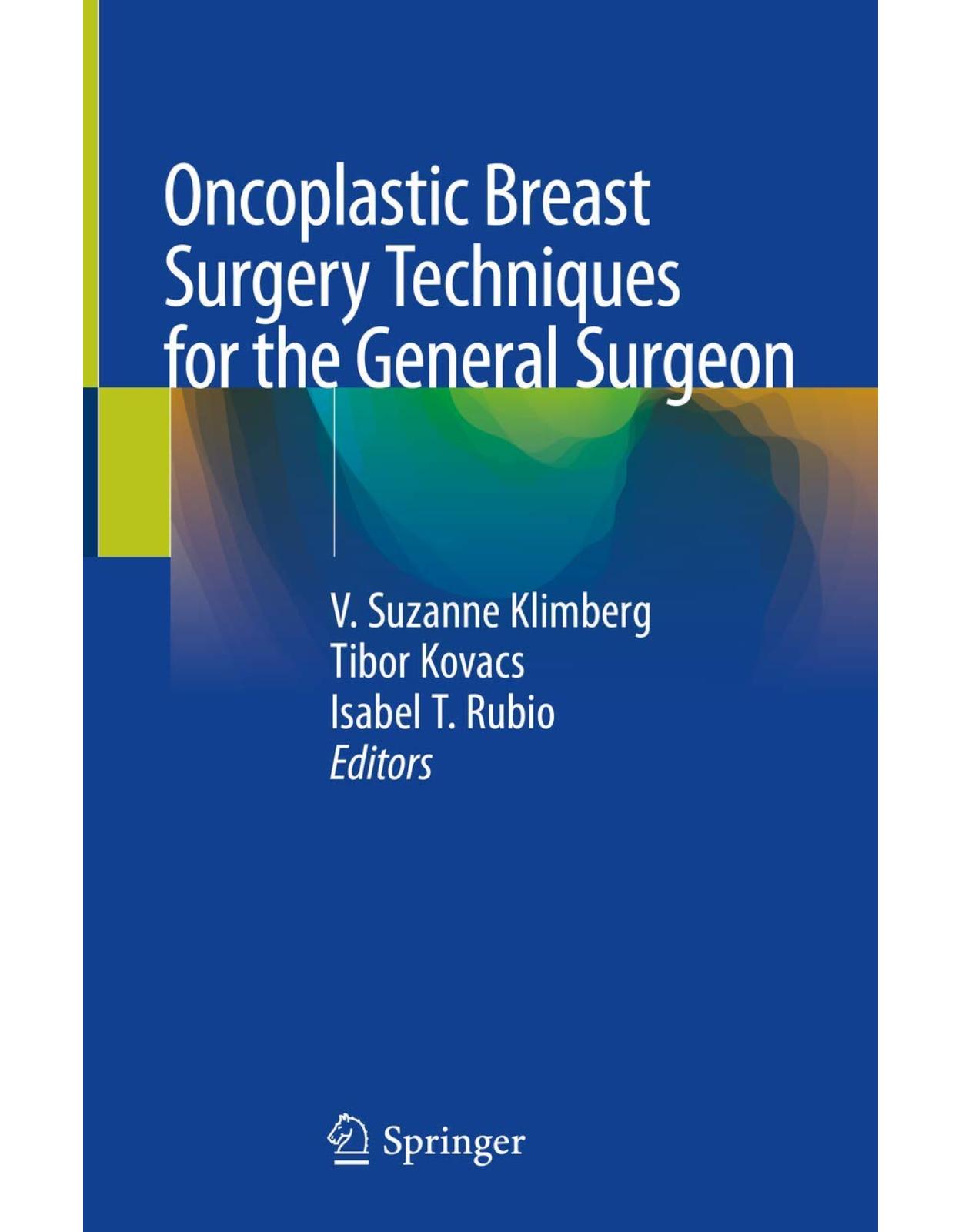
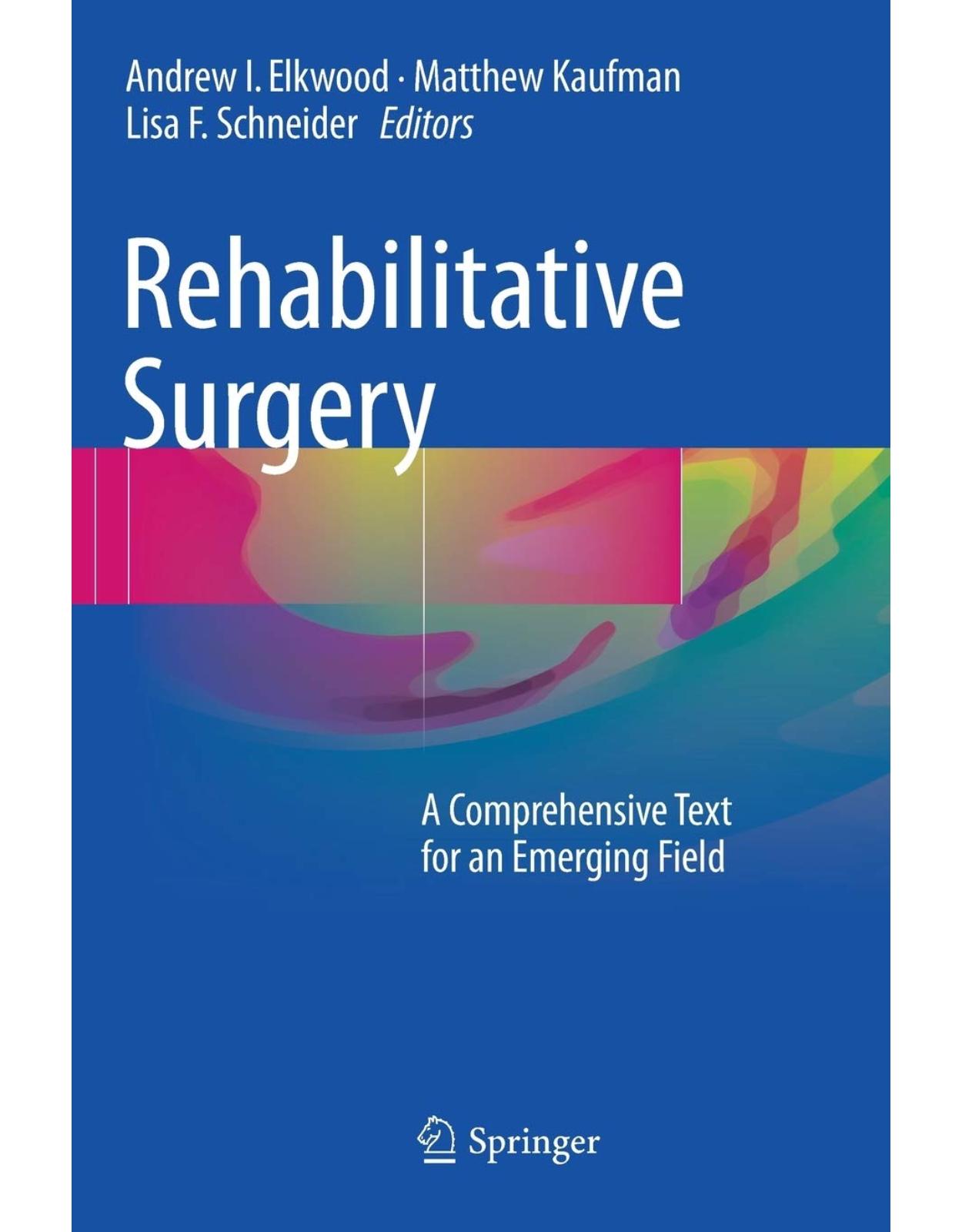
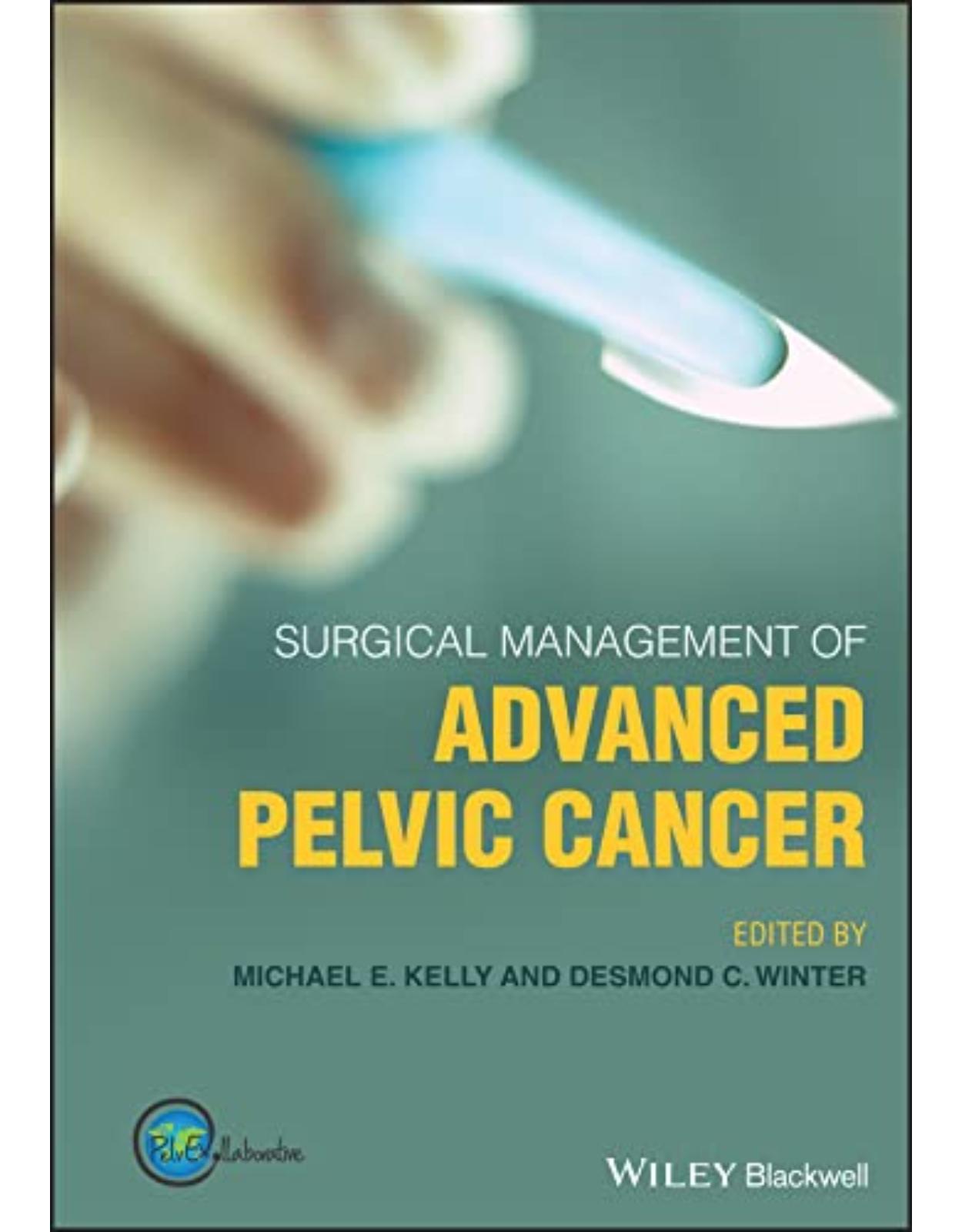
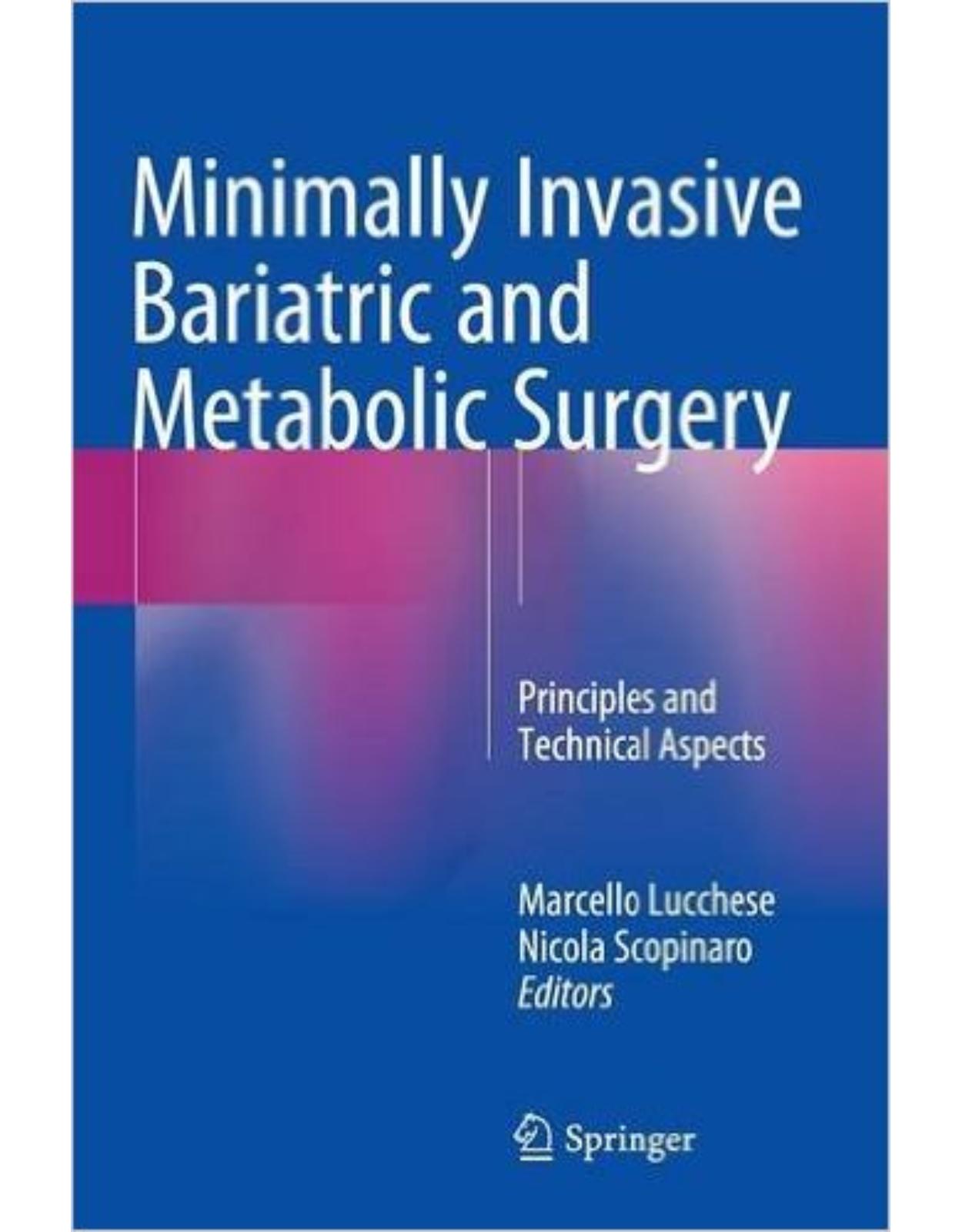






Clientii ebookshop.ro nu au adaugat inca opinii pentru acest produs. Fii primul care adauga o parere, folosind formularul de mai jos.